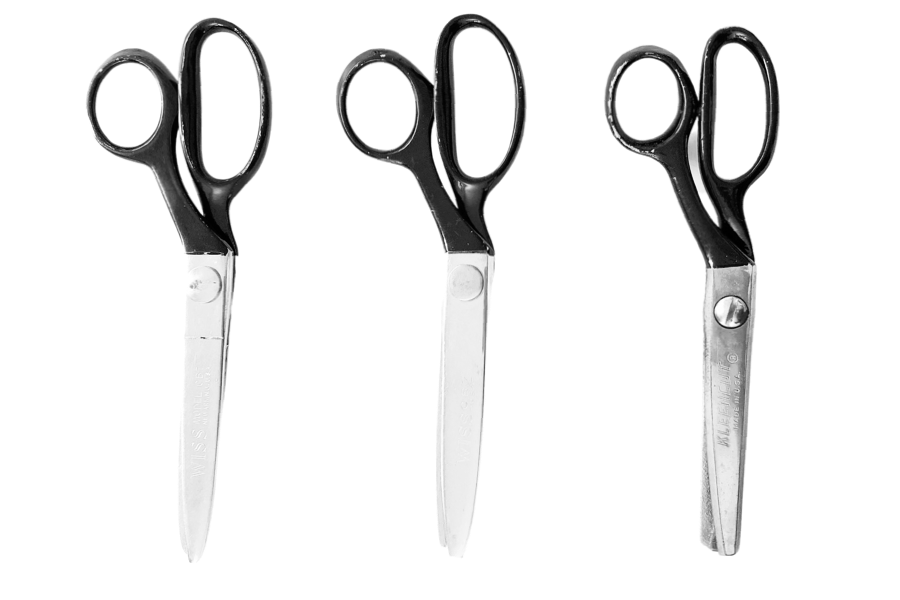How to give good notes on a video in 5 steps
I’ve produced thousands of videos at this point in my career, and almost every single video has gone through multiple rounds of revisions. Sending notes to an editor is an integral part of the video-making process, but it’s difficult to convey exactly what’s in your head. Videos are visual, and words only go so far to explain your vision. As the producer, I’m the mediator between the client and the editor, translating and relaying feedback in the most efficient way I can. In my seven years of doing this, I’ve found five best practices that help clients get the video they want without exasperating their editors.
Step 1 - Prepare well
The first step to a good edit is a good shoot. A great editor can only do so much to redeem bad footage. This is why preparation is imperative. The best way to get everyone on the same page about how a video should look and feel is to share a lot of references. Creative people learned their craft by copying videos they liked, so they’re very good at seeing something and making something similar. Words like premium, professional, or clean, can mean a thousand different things. But a visual reference of a video with a crisp white color palette, slow-motion b-roll, and a smooth logo animation is much clearer.
Before you start filibustering about what you want, find 3-5 visual references that show your editors what you want.
Step 2 - Temper your expectations
Understand this: there are a million different ways a video can be edited well. Your job is to find a good one that achieves the creative goal. With this in mind, temper your expectations. If you’re hiring an editor to edit, their edit will look different than what you have in your head. Accept this fact, and understand that just because the video won’t look exactly how you expect, it can still look great.
Chasing down your unrealistic expectations is the quickest way to squeeze the life out of a good edit.
Step 3 - Understand what can and can’t be changed
Music can be changed. Color can be changed. Pacing, graphics, and story flow can be changed. Footage cannot be changed. What was shot was shot, and the editor can’t change that. I’ve worked with clients who spout hopeless, juvenile critiques, like an exasperated housewife stuck in an unhappy marriage. This does no good.
Before you start writing notes, understand what can and can’t be changed. If your videographer or director didn’t get what you wanted, that’s not on the editor. Your job while giving notes is to align the editor to your vision for the footage–not to wish new footage into existence.
Step 4 - Be very clear about what should be changed
The cardinal sin when giving notes is to explain what you don’t like without giving any direction on how to change it. A bad note sounds like this: “I don’t like this part, it feels weird. Can we change it?” This leaves so many questions. What’s weird about it? What should it be changed to? How does the editor know they won’t pull another “weird” clip?
A good note sounds like this: “The look on the interviewee’s face at the end of this line at 0:23 is strange to me. Can we overlay some b-roll (maybe of the city) at 0:21 so you still hear the end of the line, but don’t see this face?”
If your note doesn’t have a time code, a callout of what you don’t like, and an idea of what to replace it with, it’s a bad note. And a producer like me will call you on speakerphone to make you clarify what you want.
It’s okay if you don’t know exactly how you want to change the clip. But it’s still your responsibility to give the editor as much information as possible, and help them help you. Something like this is fine: “The end of the line at 0:23 feels low-energy to me. I want it to feel like it ends on a high note. Do you know if there’s another line we could add in here? Or maybe a way we could massage the music to bring more energy here? Let me know what you think.”
Step 5 - Follow the order of operations
The best way to keep everyone happy is to achieve an efficient workflow. The best way to achieve an efficient workflow is to follow the editing order of operations so there’s no redundant work. If you decide to change the storyline or the music late in the editing process, the editor has to tear down and rebuild what they’ve already created. This is no fun because it’s not efficient.
Here’s an editing order of operations that will help you achieve an efficient workflow:
Storyline lock - Write down the outline of the video before you begin.
Music lock - Decide which song will be used in the video before you begin.
Picture V1 - The editor will send you a rough cut of the video with no color or graphics.
Notes on picture - Give notes on the the picture. Substantial changes are allowed here.
Picture V2 (Picture lock) - The editor will send a firm version of the video incorporating your previous notes, plus a pass on color, graphics, text, etc.
Notes on fine details - Give notes on the color, graphics, captions, etc. No substantial changes are allowed here, but minor adjustments are.
Picture V3 (Final version) - The editor will send a final version for final approval. This is your last chance to do a quality control check for anything they missed.
Cut-downs and aspect ratio exports - The editor will only export shorter cut-downs and different aspect ratios once everything is locked to avoid redundant work.
